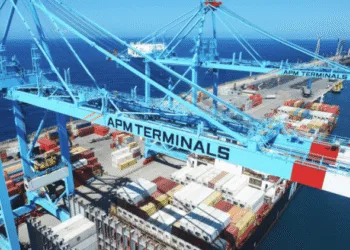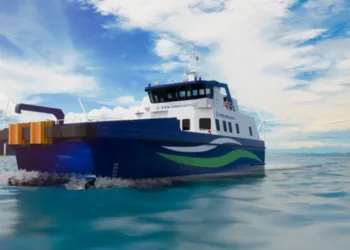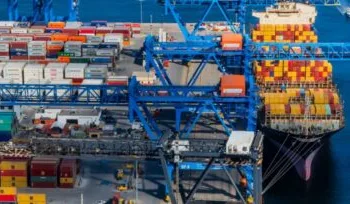Pierre Aury assesses how shipping fares when it comes to safety and share prices.
A few months ago Allianz published its annual safety and maritime review for the year 2024. As usual it makes good reading. In a nut shell in 2024, 27 total losses were recorded, down 75% from 105 total losses recorded in 2015. Over the same period the aggregate number of total losses recorded stands at 681. The three main causes leading to in excess of 80% of all the total losses recorded are sinking (51%), grounding (16%) and fire or explosion (16%). Machinery damage or failure and finally collision accounted for the other total losses.
If we extrapolate from the last number available for the world fleet (all vessels in excess of 100 gt) from Equasis (127,000 vessels including fishing boats) published in 2022, the world fleet must be standing at around 140,000 vessels. This means that the annual rate of total losses recorded relative to the fleet is 0.019%. Is that good or bad?
In fact there is no way to benchmark shipping against other industries even within the wider transport segment and answer that question objectively. The airlines, the truck or the railway industries are so fundamentally different that it would make no sense to compare shipping to any of these three industries from a total loss point of view. One thing is sure though and it is that the negative slope of the trend line is good. One way to use benchmarking though would be to compare shipping subsegments between themselves. The LPG/LNG segment is a clear best in class with zero total losses for five years in a row followed by dry bulk with no total loss recorded in the last three years while the tanker segment has been affected by two total losses per year for the last five years.
Now if we look beyond total losses and look at all incidents which ended up as an insurance claim in excess of $1m there were 3,310 such incidents reported in 2024 with nearly 60% of these incidents related to machinery damage or failure. That number was 2,773 back in 2014 which represents an increase of 20% t compared with the above mentioned 75% drop in total losses over the same period. So for a growing fleet we have a sharply decreasing number of total losses and an increasing number of incidents over the last 10 years. It is hard to draw a conclusion on why these two data sets are diverging. Perhaps it is due to the overall ageing of the global merchant fleet.
We mentioned above the idea of benchmarking shipping accidents statistics versus other industries concluding that it would be meaningless. Maybe it is lucky as in another aspect of business – the use of capital markets – shipping is not exactly shining versus other industries.
Between its IPO and now the share price of Star Bulk Carriers has dropped 99%. Diana Shipping is down 89%. Navios Maritime Holdings is down 78%. Genco Shipping and Trading is down 92%. Safe Bulkers down 78%. Tanker-listed companies are faring a bit better with Scorpio Tankers being down only 60% and TEN 44% but with one exception which is DHT Holdings which is down dry bulk style by 92%
Over the period starting end 2010 to today the main stock exchange indices are massively up: the DJIA has been multiplied by four, the NASDAQ by 10, the S&P 500 by 5.3, the Euronext 100 by 2.3 and the OSE by 3.9.We’ve written many times about the reason why shipping doesn’t belong to capital markets mainly because it is cyclical and it is not compatible with quarterly reporting. We rest our case.






















